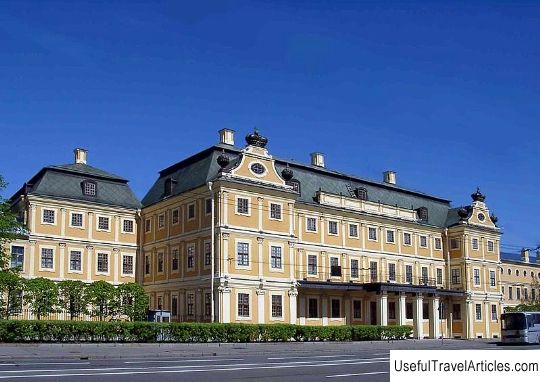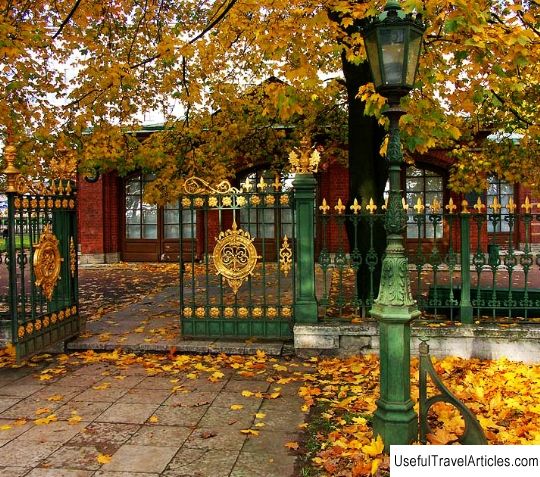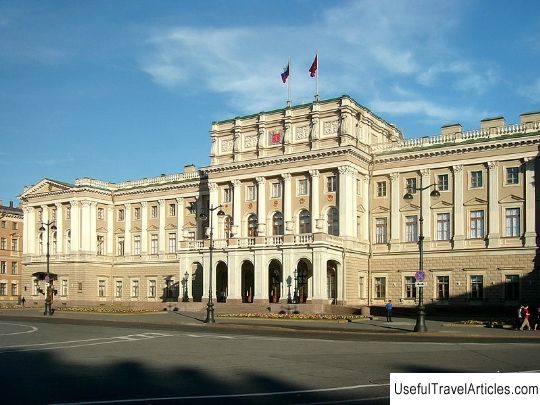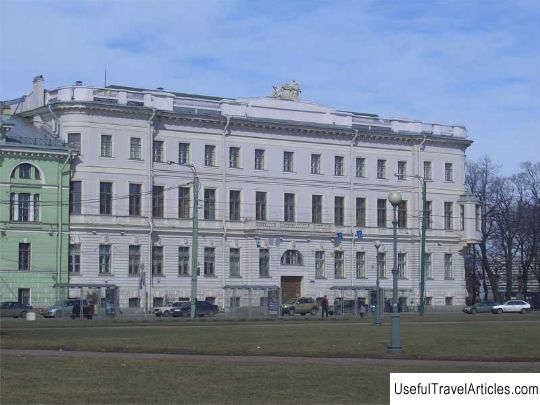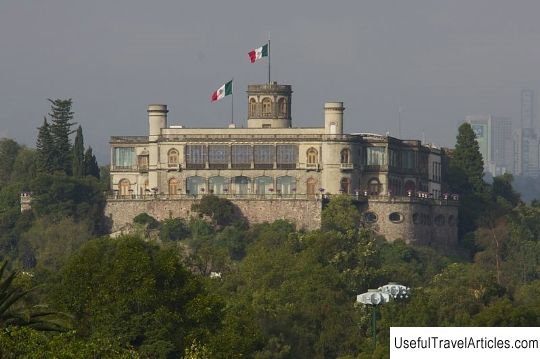Summer Palace of Peter I description and photo - Russia - Saint Petersburg: Saint Petersburg
Rating: 8,0/10 (390 votes) 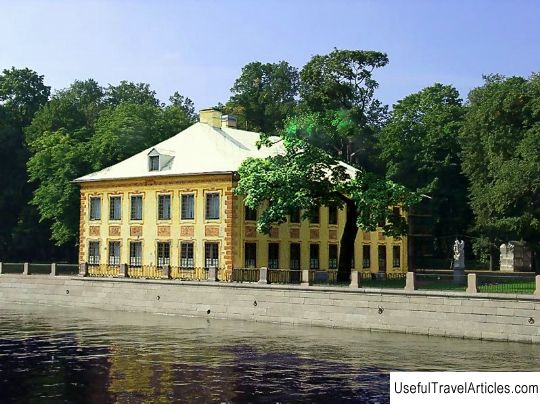
Summer Palace of Peter I description and photos - Russia - Saint Petersburg: Saint Petersburg. Detailed information about the attraction. Description, photos and a map showing the nearest significant objects. Photo and descriptionThe Summer Palace of Peter I is located in the Summer Garden of St. Petersburg. The garden was laid by a large group of gardeners and architects in the early years of the city's founding. Peter I had a dream - to lay out a garden in Versailles style. At first, he only rested in his house and watched his work, and then he lived here with his family in the summer. After the Moika was connected with the Neva Swan Canal, a small island was formed. In its northern region in 1710-1714, the Summer Palace was erected, which was one of the first stone palaces in St. Petersburg. The author of the project was the architect D. Trezzini. The interior was created under the guidance of the German architect and sculptor A. Schluter. Tradition tells that the king commissioned to build the house so that the building would symbolize the new policy of the country. Then Trezzini arranged the palace building so that 6 of its 12 windows looked to the west, and the other 6 - strictly to the east. The architect explained his decision as follows: "So our Russia is equally facing both the West and the East." The I sewage system of St. Petersburg was built in the royal residence. Water entered the house with the help of pumps, and went to the Fontanka. Since the house was surrounded on 3 sides by water, the Fontanka current acted as the driving force of the system. In 1777, there was a flood, and the small Gavanets bay in front of the house was filled up. The sewerage system ceased to function. In the lobby of the palace, one of the schismatics made an attempt on Peter I's life. In 1925, the Summer Palace was transferred to the Russian Museum, and since 1934, the work of the Historical and Household Museum has been organized here. Scientific restoration of the museum was carried out in the 1960s. The head was the architect A.E. Hesse. During the work, many of the original elements of the Summer Palace were recreated. After the death of Peter I and Catherine I, almost no one lived in their house. At one time, meetings of the Supreme Privy Council were organized here, and later imperial courtiers came to the palace to rest. The architectural style of the building is Baroque. This is reflected in clear proportions and numerous windows, bas-reliefs and a stucco frieze under the roof. The appearance of the building is strict. The roof is high, hipped. Drains are made in the form of winged dragons. The facades are decorated with a frieze of 29 bas-reliefs that separate the floors. Each floor of the building is equipped with 7 small living rooms. There are no large halls. The lobby is decorated in the form of carved oak panels, which are dissected by Ionic pilasters. The sculptor N. Pino made a bas-relief image of Minerva. On the first floor there were the royal chambers, on the second - his wife Catherine and children. In the reception room, the emperor received oral and written complaints and requests. A punishment cell for the guilty was located near the reception. From the reception room one could go into a large room called the assembly. On the first floor there was also a kitchen with a dining room and a bedroom, a dressing room and a room for the coachman on duty. There was also a lathe and a lathe, on which Peter the Great loved to work. On the second floor of the building, in addition to a dressing room, a cook and a room for maids of honor, there is a throne room, a nursery, bedroom and dance room. The Green Cabinet, which is decorated with picturesque inserts, gilding and molding, deserves special attention. The emperor's cookery and study are decorated with rare Dutch tiles, fireplaces are decorated with stucco bas-reliefs. The plafonds of the office are picturesquely painted by the master G. Gzel. Russian artists I. Zavarzin, A. Zakharov and F. Matveev took part in the decoration of the rooms. The living rooms retain the atmosphere that prevailed in former times. Also here you can see rare portraits, canvases depicting ships and battles, and landscapes. A rarity of the museum is a wind device brought from Dresden. It is set in motion by a weather vane installed on the roof in the form of the figure of St. George the Victorious. The Summer Palace of Peter I still retains a cozy family atmosphere.           We also recommend reading The Barbados Museum description and photos - Barbados: Bridgetown Topic: Summer Palace of Peter I description and photo - Russia - Saint Petersburg: Saint Petersburg. |
